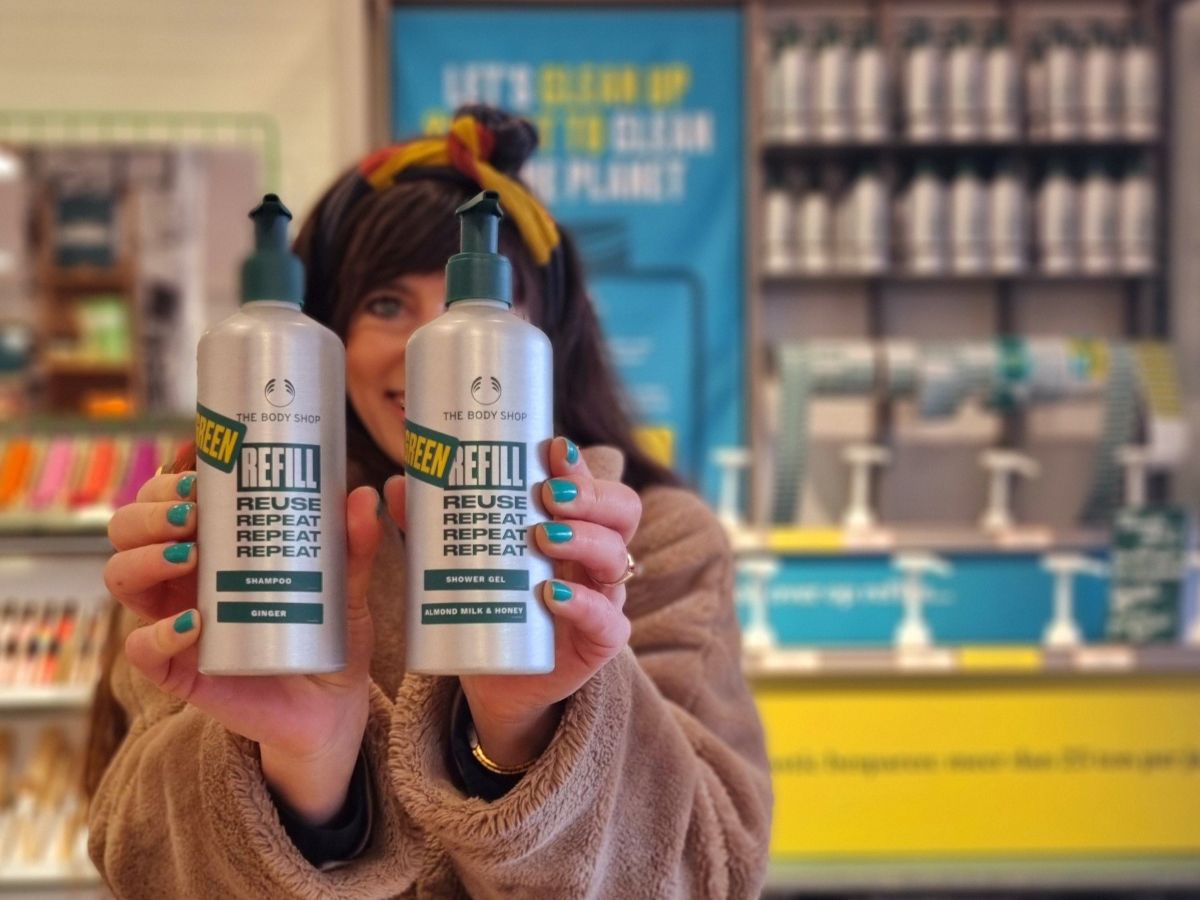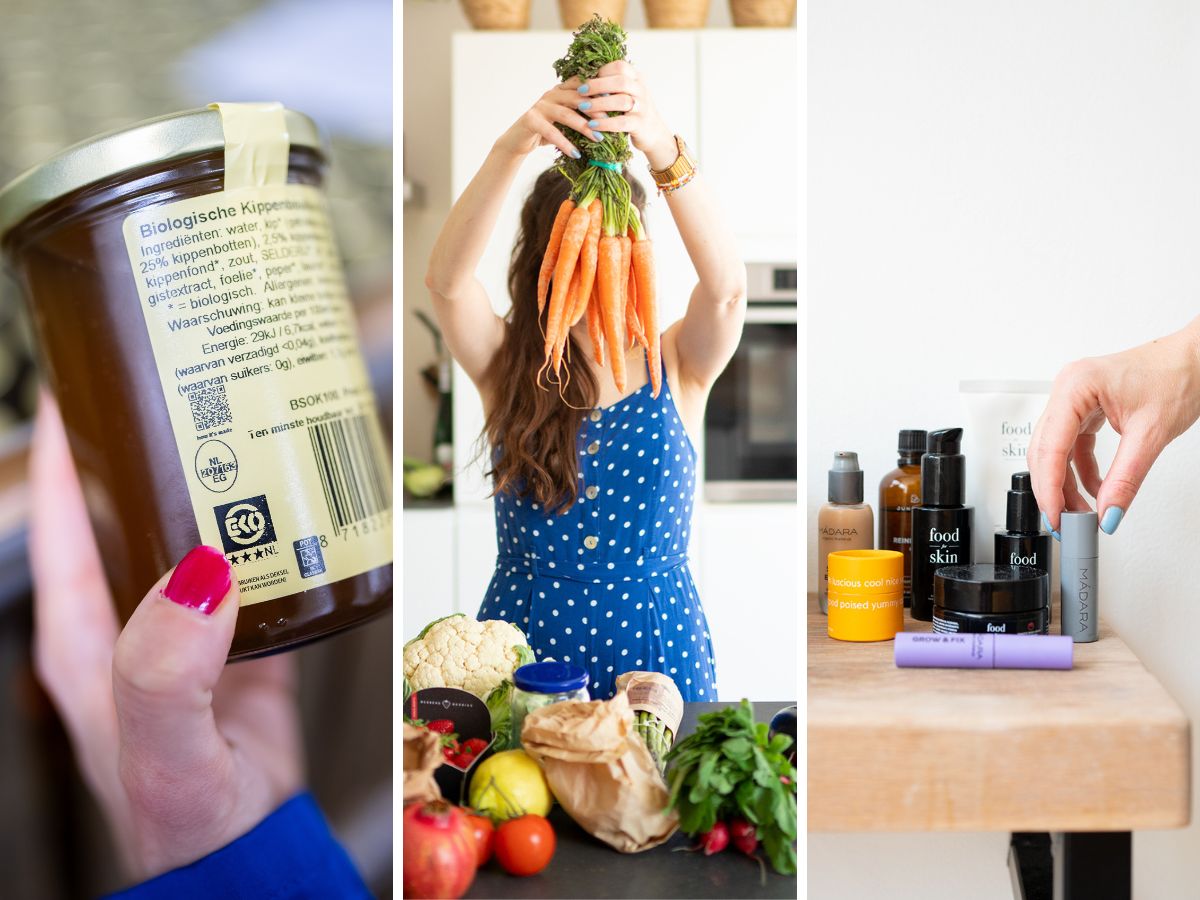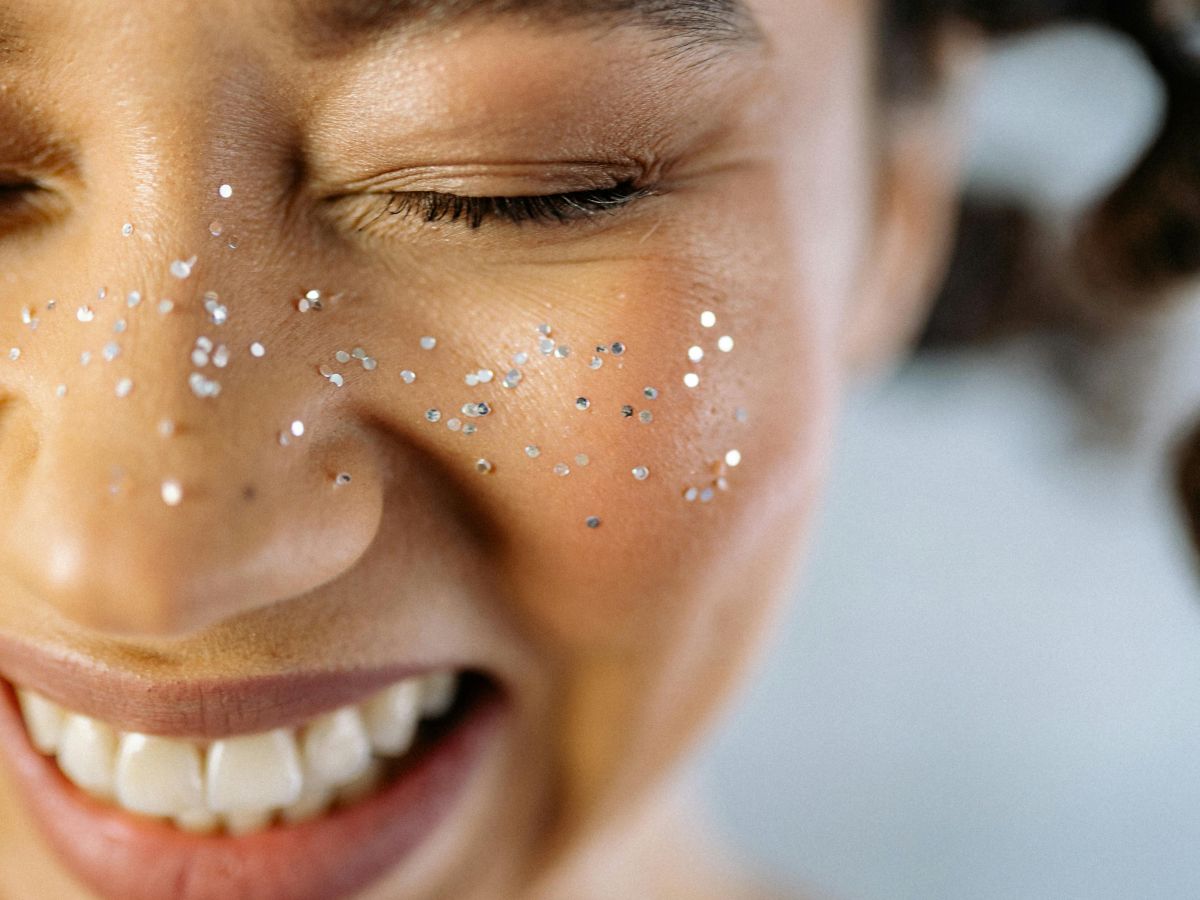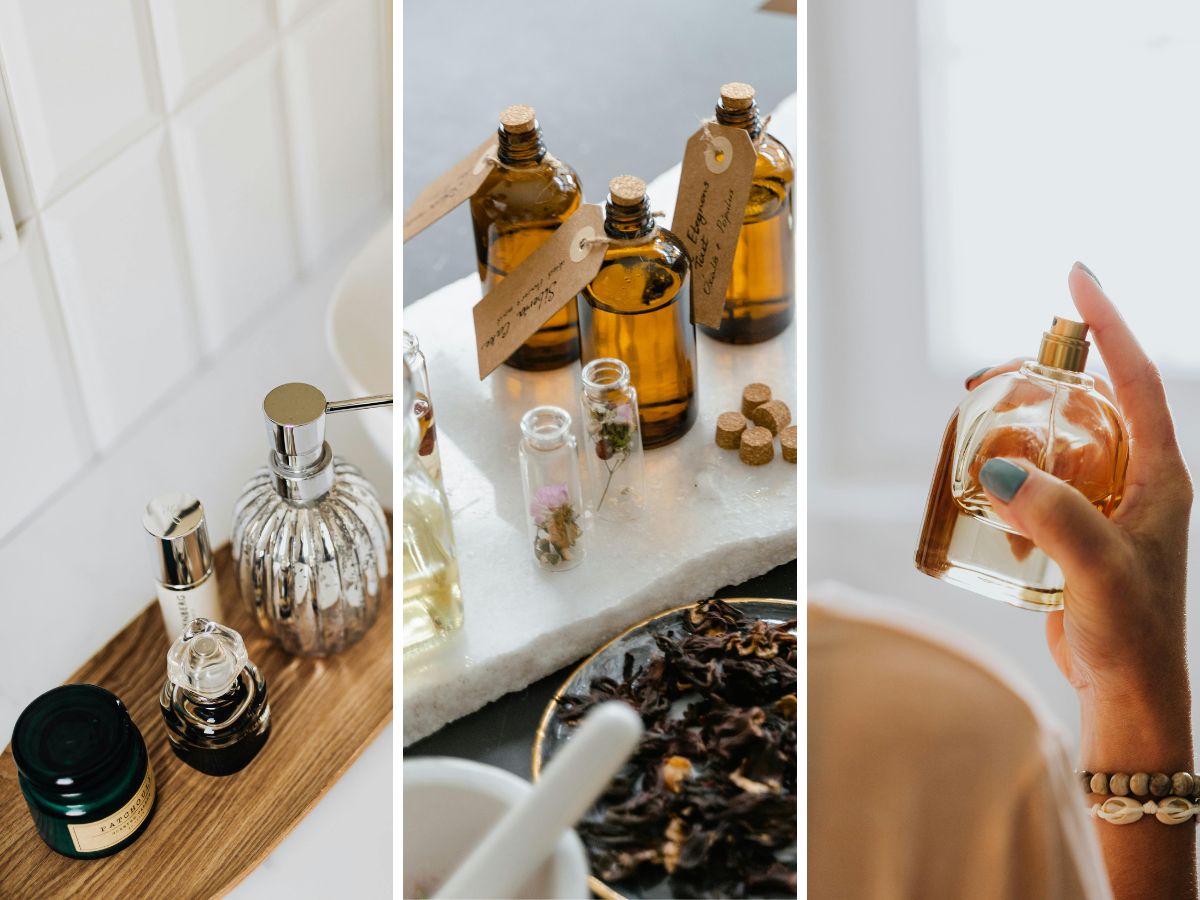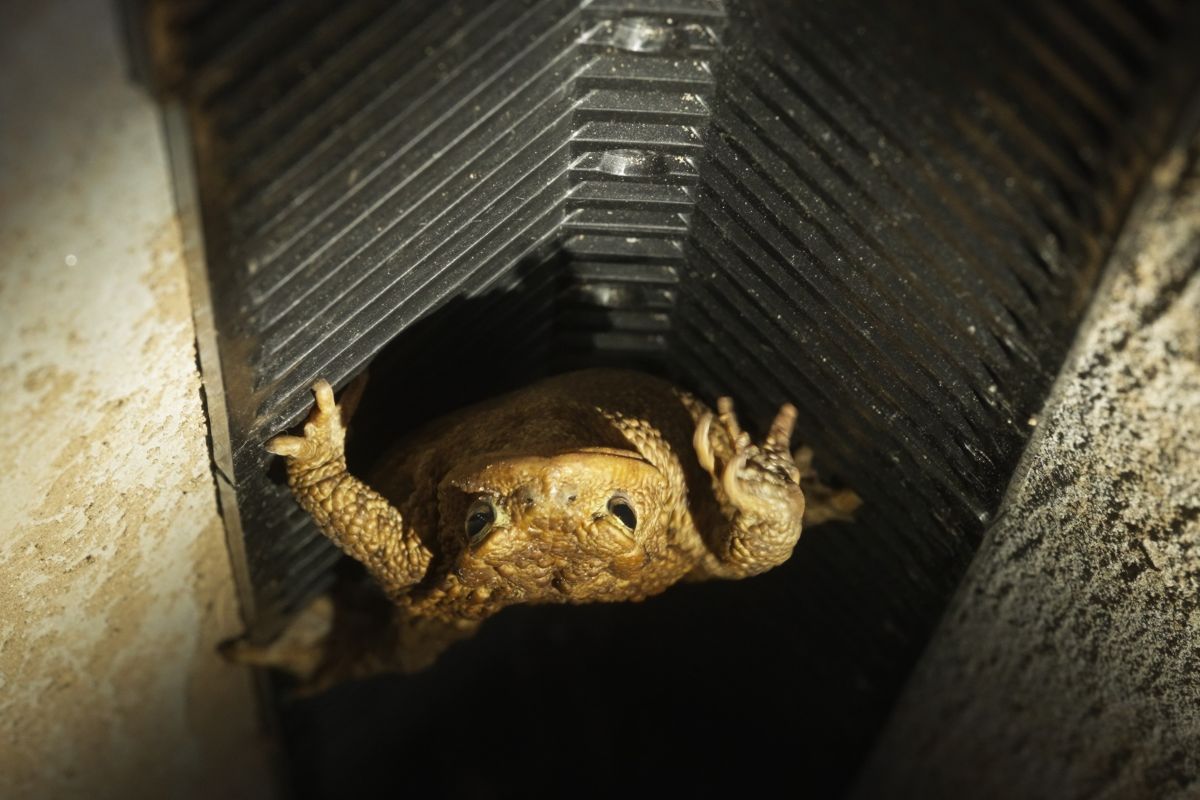OK, that bulk packaging is good for the wallet is well known. But that it is also better for the planet is something you hear less often. That is because such mega-sized bulk packaging does not exactly look sustainable, of course. It is, eh well, also rather much and big. Still, refill packs save you considerably on waste, making it a better choice than buying a new bottle or vial every time. We take all the options for it refill of your grooming and cleaning products with you. So yes, there are more ways.
Multiple ways of refilling
Refilling, also known as refill called, involves reusing existing packaging of detergents and personal care products by refilling them with the same product over and over again. And you can do that in different ways. It is difficult to say exactly how much waste you save by choosing the different refill options. It varies by product and their choice of material, but the main thing is that all these packaging options are a more sustainable choice. With an emphasis on packaging (!), because no matter how green a beautifully packaged personal care product or cleaning product may seem, unfortunately the packaging says nothing about the environmental impact of the entire purchase. For that, you have to look at more things, including the ingredients, where and how the product was made and how it was transported to the shop.
Seemingly sustainable packaging, unfortunately, can sometimes also be a clever marketing ploy to make you believe that something is environmentally friendly and therefore a better choice for the planet. A handy tool for checking ingredients are the free apps INCI Beauty, Think Dirty (ingredients) and Beat the Microbead (microplastics). Good labels on packaging can also help you on your way. The Hallmark Guide from Milieu Centraal can help here.
You can read more about greenwashing in this article.
And you can read more about sustainable care here.
The environmental impact of refill packaging
How much influence does your choice of packaging really have? Looking at your full bin, it seems like packaging plays a big role. But when you throw in the figures, it turns out that role is relatively small. Only 10% of a product's negative burden comes from packaging. The biggest polluter is the content: the ingredients and how they are produced. Even transport often has a larger share than that packaging. So keep a critical eye on packaging, but don't forget to look at the overall picture as well.
Source: The hidden impact


Hand soap, shampoo, cleaning products, deodorant and even toothpaste. Refill packs can be found with different products and brands.
Care products and cleaning products refill
What are the different ways of refilling? We take you through them all, including a few shopping tips to get you started on this easy green switch.
- Refill with bulk packs: instead of buying a new pack each time, buy the bottle once and then keep refilling it with a bulk pack, which is often a big plastic container or a big bag. Such a giga-bottle (or bag) seems less sustainable as it is quite large, yet you save a considerable amount of waste with this. Moreover, a refill bottle is often made of one type of material and this makes it more recyclable unlike a hand soap with a pump or a cleaning bottle with a hard plastic cap. The choice of this method of refill is vast, but to give you some ideas: Marcel's Green Soap (cleaning and care), Ecover (cleaning), Attitude (care), Keune (care), Salt of the Earth (deodorant), ReBloom (toothpaste).
- Refilling with tap water: more and more cleaning products are on sale where you buy a refillable bottle with a cleaning tablet. You fill the bottle yourself with water, add the tablet, shake for a moment and then your cleaning product is ready for use. When the bottle runs out, you order new tablets, which you then refill with water yourself. The big environmental advantage is not only that you use the same bottle endlessly, but especially the savings on transport. Cleaning products consist of about 90% of water. All those bottles containing mainly water take up an awful lot of space during transport. Great examples of these refill products are the cleaning products from Ecopods, Yokuu, Happysoaps and Everdrop (but you have many more on the cleaning front). This way of refill we do not yet see (much) in personal care products. If you do spot one, let us know!
- Refill at a refill station: applause as more and more large chains launch their own refill station, allowing customers to refill their empty bottles themselves while shopping. You can do this at Dille & Kamille, among others, The Body Shop and at some supermarkets of Lidl and Albert Heijn. Have you spotted a refill station? Again, let us know and we will add to the list!


Refilling can also be done at refill stations in shops, then you don't need refills at all. You just take your old bottle and fill it up.
Getting started with refill packs yourself
Whatever refill option you choose, don't be fooled by a product's packaging alone. Above all, look at what it contains and how and where it was produced. Have you found a good product that you can refill, then you are well on your way and turning all the knobs of your more sustainable lifestyle.
Sources: The hidden impact, Babette Porcelijn, Big Green Smile, Milieu Centraal, Marcel's Green Soap.

